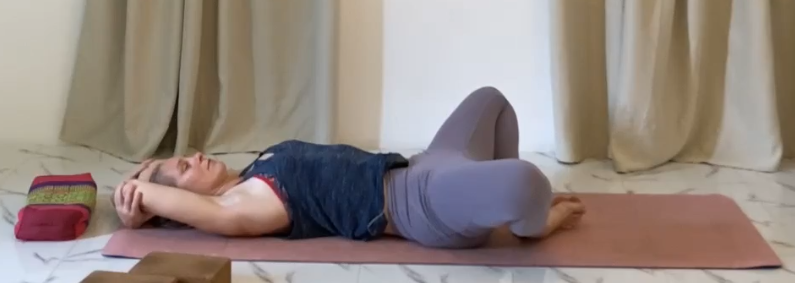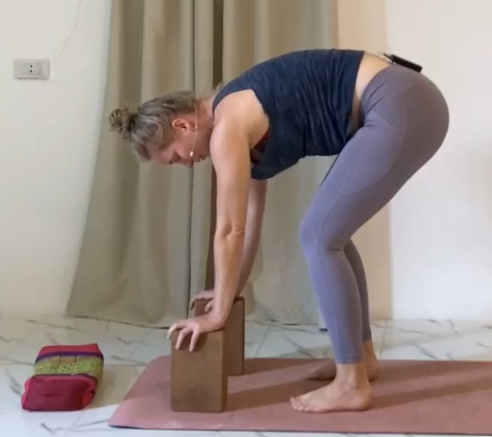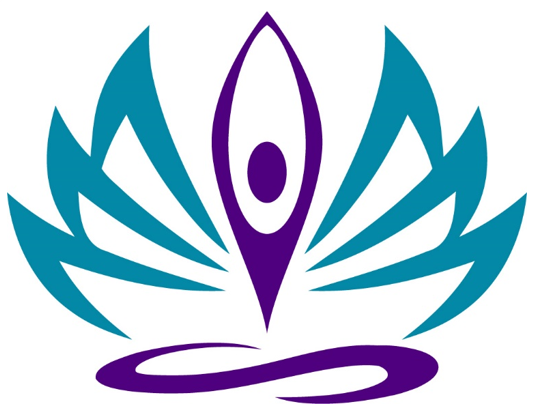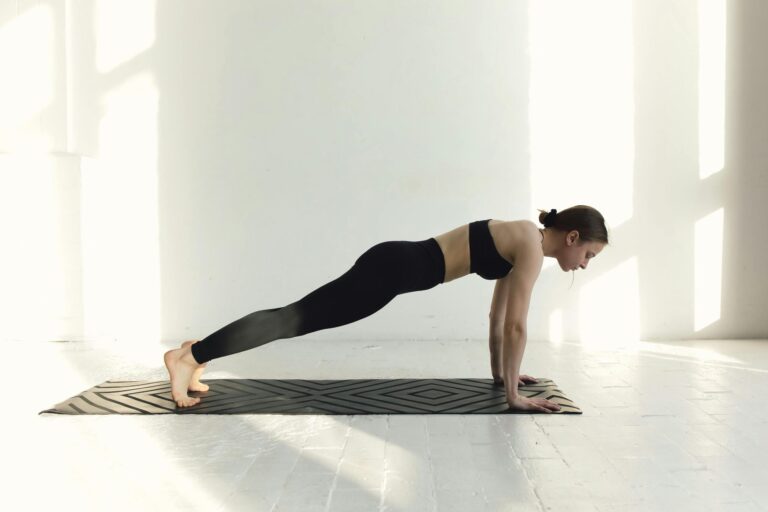Yoga for relaxation and deep stretching: understanding and using biomechanical relationships
Do you often feel tense and are looking for a way to gently relax your body? Yoga can not only help you to relieve stress, but also offer profound biomechanical benefits for your body. In particular, by using yoga aids (blocks, straps, blankets, etc.) you can practice specifically to correct muscular imbalances, improve posture and delve deeper into stretching.
Why is relaxation so important?
Our modern lifestyle often leads to tension and poor posture. Prolonged sitting, one-sided movement patterns and stress have a negative impact on our muscles and respiratory function. One of the main causes of muscular imbalances is the dominant use of our right side of the body. Due to the different sizes of our lungs and our stronger neural connection to the right side of our body, our diaphragm is asymmetrical: The right side is usually much stronger (but usually also more tense). This naturally leads to an orientation of the pelvis and lumbar spine to the right. The consequences? One-sided tension, reduced breathing capacity and restricted movement. But with targeted yoga exercises that take our natural asymmetries into account, you can actively counteract this.
Yoga for relaxation and deep stretching
Yoga helps you to correct muscular imbalances by consciously combining breathing and movement. Yoga blocks are valuable tools for performing asanas more effectively and intensifying stretching. I have recorded a 90-minute relaxation and stretching practice for you to enjoy here:
If you don't want to watch a whole video right now, but would like to do a few exercises to help you release deep tension and calm your nervous system, here are some of the exercises from my video:
1st Supta Baddha Konasana
- Lie on your back on the floor. Bring the soles of both feet together. Bring your feet relatively close to your buttocks.
- Your knees fall outwards in a relaxed manner
- Bring your arms above your head and grasp the opposite elbows
- Let go of any tension in your abdomen, shoulders and pelvis.
- Perform deep diaphragmatic breathing and concentrate on expanding the lower right ribs for 1-2 minutes
- Then change the interlocking of your hands and elbows and stay in this position for another 1-2 minutes.

2. passive backbend to open the chest
- Place a cushion under your thoracic spine and lie gently on it.
- Stretch your arms out to the side and breathe deeply into your chest.
- Get into diaphragmatic breathing: the lower ribs expand with every inhalation.
- This posture improves breathing capacity and helps to balance out the often one-sided strain on the right side of the body.

3. standing forward bend - Uttanasana
- Stand on your mat with your feet hip-width apart
- Come forward with your upper body and either place your hands on the floor or use the yoga blocks as support.
- Start the forward bend with bent knees and a rounded lower back
- As you exhale, push through your knees and activate your thighs, bringing length into your spine.
- Breathe slowly and evenly and alternate smoothly between the two positions 8-10 times with your breath.


Tip: If you would like to find out more about forward bends, I will link you to here my blog article on the subject.
Conclusion: Yoga as the key to inner balance
Regular yoga practice with targeted stretching and conscious breathing can not only relieve tension, but also improve your posture in the long term. By using yoga blocks in particular, you can go deeper into stretching and correct muscular imbalances and other asymmetries. Use your yoga time to work mindfully with your body - for more relaxation, flexibility and well-being!







